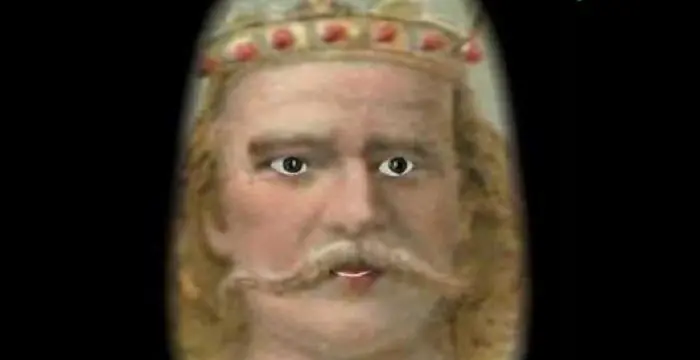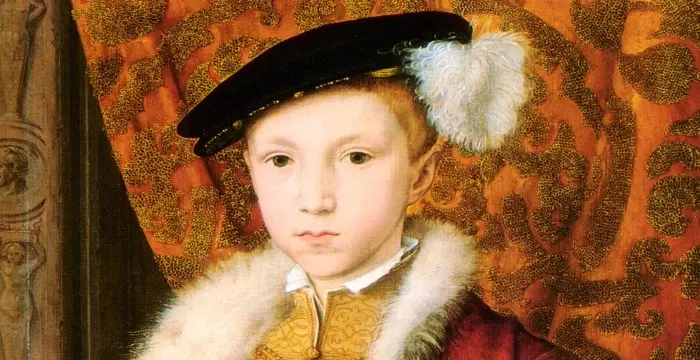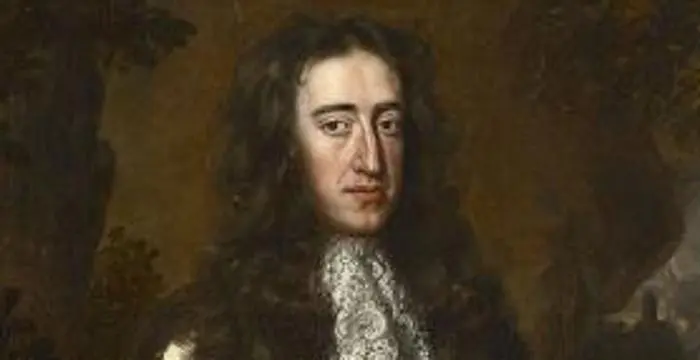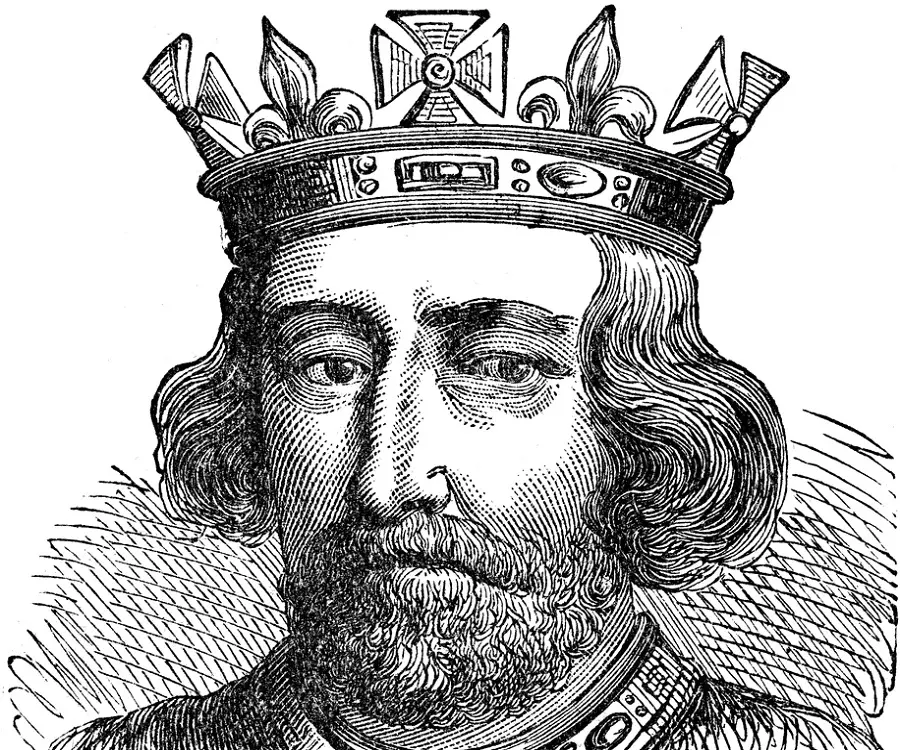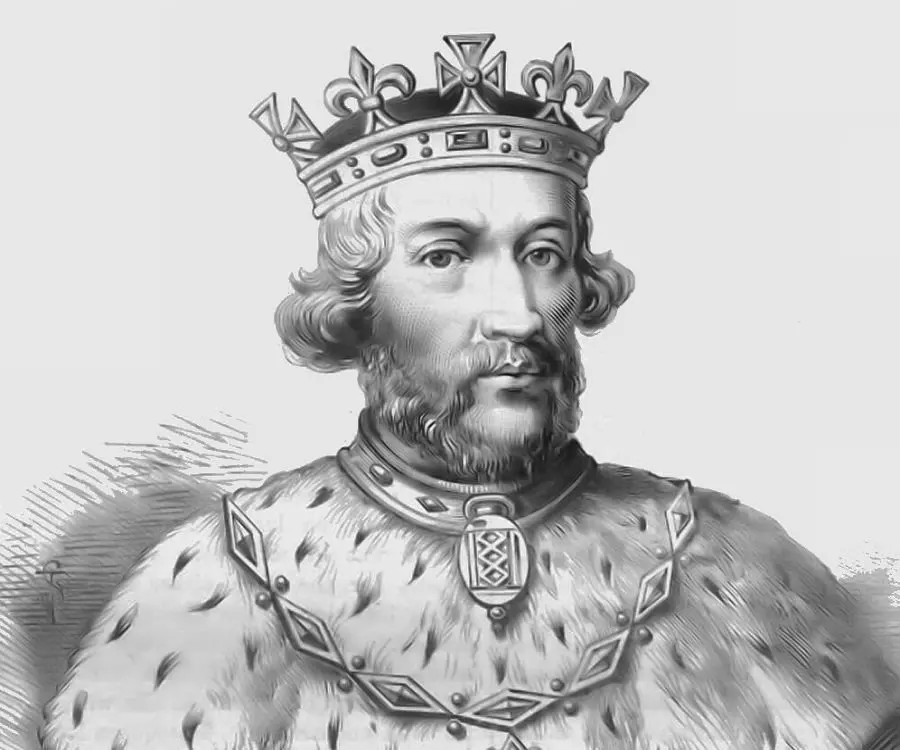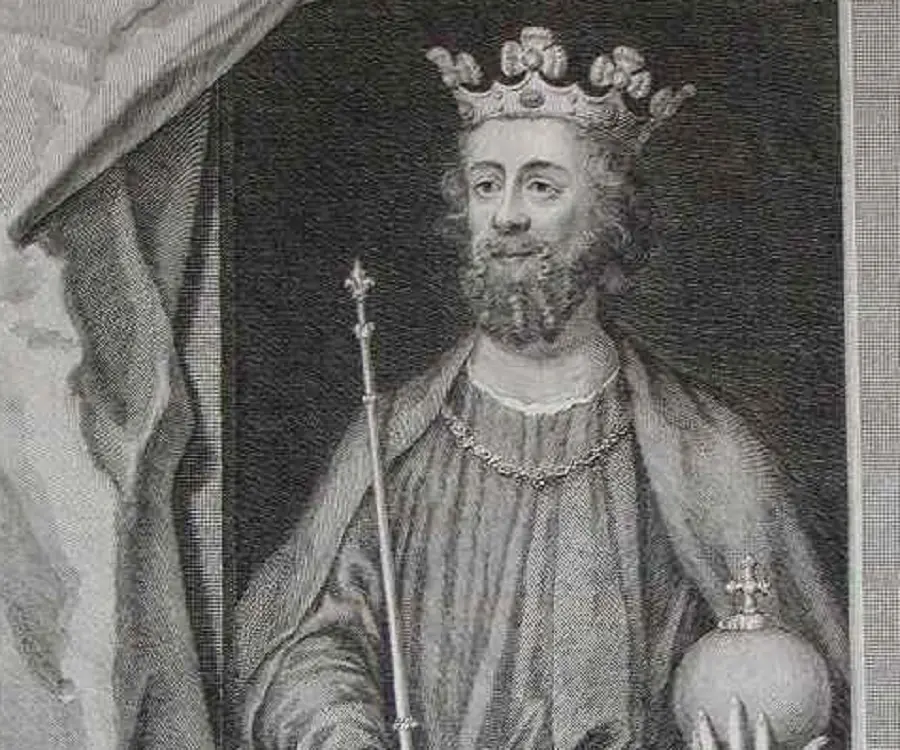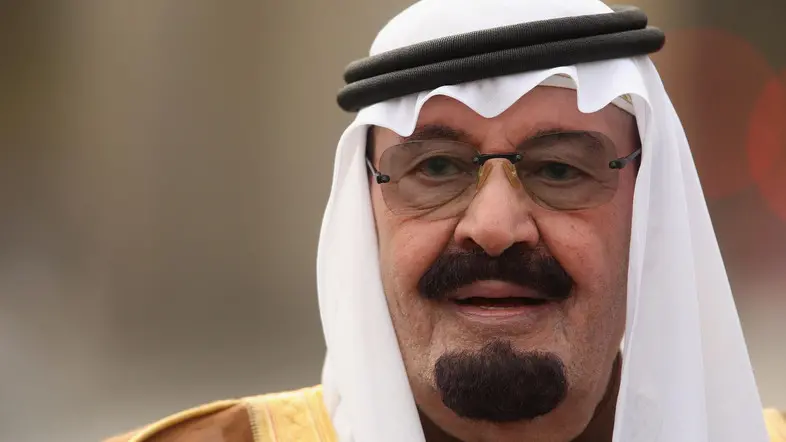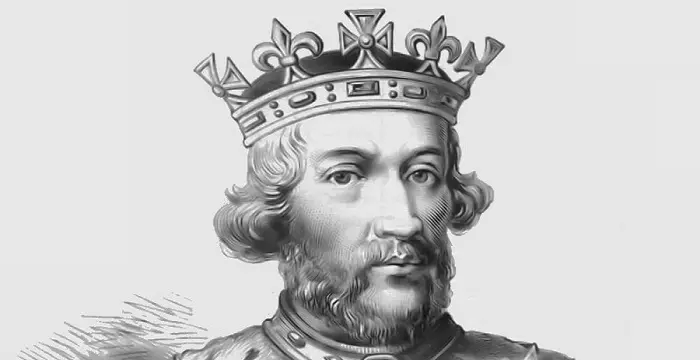
Edward II of England - Emperors, Family and Family
Edward II of England's Personal Details
Edward II was the King of England who was largely unpopular due to his favouritism and lack of military skills
| Information | Detail |
|---|---|
| Birthday | April 25, 1284 |
| Died on | September 21, 1327 |
| Nationality | British |
| Famous | Historical Personalities, Emperors & Kings, Emperors, King of England, Kings |
| Spouses | Isabella of France |
| Siblings | 1st Earl of Kent, 1st Earl of Norfolk, Edmund of Woodstock, Mary of Woodstock, Thomas of Brotherton |
| Childrens | Edward III of England |
| Founder / Co-Founder |
|
| Cause of death |
|
| Birth Place | Caernarfon Castle |
| Religion | Catholicism |
| Gender | Male |
| Father | Edward I of England |
| Mother | Eleanor of Castile |
| Sun Sign | Taurus |
| Born in | Caernarfon Castle |
| Famous as | King of England |
| Died at Age | 43 |
// Famous King of England
Harold Godwinson
Harold Godwinson was an Anglo Saxon King of England in the 11th Century. Check out this biography to know about his birthday, childhood, family life, achievements and fun facts about him.
Edward VI of England
Edward VI served as the King of England, from 1547 until his death in 1553. Check out this biography to learn in details about his life, his works as a king and timeline
William III of England
William III was the stadtholder of the main provinces of the Dutch Republic and the king of England, Ireland, and Scotland (King William II of Scotland). Check out this biography to know more about his childhood, family, life history, etc.
Edward II of England's photo
Who is Edward II of England?
Edward II ruled as the King of England for two decades, from 1307 to 1327. His reign is mostly marked as a period of unrest and conflict, the former due to the constant waging war with Scotland and the latter due to his preferential treatment. He faced persistent challenges all through his supremacy in the form of shortage of money, or opposition from barons and nobles. What worsened his period in throne were his incompetent or limited military skills. Edward II first came to prominence when he was appointed as the Prince of Wales. In 1307, he was knighted in a grand ceremony in Westminster Abbey. Same year, following the death of his father, he acceded to the throne. The highlight of his reign was his relationship with Piers Gaveston that earned the wrath of nobles and barons so much so that Gaveston was executed and killed by the frustrated barons. Despite the death of Gaveston, King Edward II’s nepotism continued as he soon found favourites in Dispenser father and son duo. His partial behaviour irked everyone including his wife, Isabella who along with her lover Roger Mortimer plotted against her despised husband and eventually executed him.
// Famous Emperors
Sundiata Keita
Sundiata Keita was the founder of the Mali Empire in West Africa. This biography profiles his childhood, early life, struggles, founding of empire, rule, administration, achievements and also gives some fun facts.
Ashoka
Ashoka was the third emperor of the Mauryan Dynasty and ruled almost the entire Indian subcontinent. This biography profiles his childhood, life, reign, achievements and timeline
Murad IV
Murad IV was one of the mighty Sultans in the history of the Ottoman Empire. This biography profiles his childhood, family, accession, rule, administration and timeline.
Childhood & Early Life
Edward II was born on April 25, 1284 at Caernarfon Castle, Gwynedd. He was the fourth son of the King and Queen of England, Edward I and Eleanor of Castile. His three elder brothers died before he was born, leaving him as the only heir to the throne.
In his early years, Edward II was mostly looked after by his foster mother, Alice de Leygrave. Information regarding his education is speculative. It is believed that while his religious education was taken care of by Dominican friars, Guy Ferre trained him in riding and military services.
Accession & Reign
During his father’s absence in 1297, Edward II took over as the regent in charge of England for a year. In 1300, the father-son duo set forth to Scotland, with young Edward as commander of the rearguard, at the siege of Caerlaverock.
He was made Prince of Wales in 1301, thus becoming the first English Prince to hold the title.
During the early 1300s, Prince Edward befriended Piers Gaveston, son of the King's household knights. The two shared a close relationship. This close friendship augmented Gaveston’s social status largely. In 1306, Prince Edward was knighted by the King.
In 1307, Gaveston was exiled to Gascony. It is speculated that the King’s order for exile was as a response to a suggestion made by Prince Edward to give Gaveston the County of Ponthieu which he had inherited from his mother. Some even suggest that Gaveston and Prince Edward shared a sexual relationship
In 1307, Robert the Bruce jumped to power as the King of the Scots, thus disintegrating King Edward I’s dream of a unified British nation. Though Prince Edward II was appointed as the head of the expedition against Bruce, his forces had to retreat following orders from King Edward I.
King Edward mobilized a fresh army in 1307 for the Scottish campaign. Just when Prince Edward was to join the military forces, the king fell terminally ill which finally led to his death. Following the death of King Edward, Prince Edward was proclaimed as the King of England on July 20, 1307.
As the King of England, Edward II first recalled Piers Gaveston from exile and appointed the latter as the Earl of Cornwall, a title until then limited to the members of the royalty only. The appointment caused a fury amongst the powerful barons and earned him the wrath of the nobles and magnates.
In 1308, when King Edward II left for France, he appointed Gaveston as his ‘custos regni’ in charge of the kingdom during his absence. This appointment was loathed by barons as it gave Gaveston unprecedented powers.
In 1308, Edward II married Isabella of France with the hope that the union would strengthen his position in Gascony and bring him much needed funds. However, the negotiations proved to be tough.
At King Edward II and Isabella’s coronation and wedding feast, a large reception was organized during which Gaveston played a crucial role. His precedence at the ceremonial celebrations provoked much fury amongst the English and French contingents.
At the 1308 parliamentary meet, the King’s constant preference to Gaveston became a major subject of contention. Two months later, a fresh parliament was held during which the barons successfully forced Gaveston’s exile. Originally intended to go to Aquitaine, Gaveston was instead sent to Dublin, where he was appointed as the Lieutenant of Ireland.
During Gaveston’s exile, King Edward II made numerous efforts to allow the return of Gaveston in England by convincing Pope Clement V and Philip IV in addition to the members of the Church, key barons and leading earls, but in vain. Finally, based on his assurance, the Pope annulled Archbishop's threat to excommunicate Gaveston, thus opening the possibility of the latter’s return.
In an attempt to pacify Gaveston’s critics, he agreed to limit the powers of the royal steward and the marshal of the royal household, to regulate the Crown's unpopular powers of purveyance and to abandon recently enacted customs legislation
In 1310, a 21 elected member baronial committee was formed. They drafted the Ordinance which limited King’s rights and instead gave parliament the control over the royal administration, abolishing the system of prises, excluding the Frescobaldi bankers, and introducing a system to monitor the adherence to the Ordinances. It further limited the King’s right to go to war or grant land. It also exiled Gaveston whose return in 1312 led to his capture and execution.
Following the rise in power of Robert the Bruce and his regaining of the kingdom of Scotland, King Edward II invaded Scotland. However, he was defeated resoundingly at the Battle of Bannockburn. His defeat in the battle led the barons to take control over the administration. By 1315, his cousin Thomas, Earl of Lancaster became the real master of England.
The period between 1315 and 1321 was largely dominated by the Great Famine which ruefully engulfed the whole of England. Adding to the woes was the ascending power of the Scottish regime led by Robert the Bruce. His brother, Edward Bruce successfully invaded Ireland and became the King of Ireland
By 1321, King Edward II had new favorites in the form of Hugh Dispenser and his son, Hugh Dispenser the Young. The association with the Dispenser was yet again loathed by the barons. As such, when the King supported the Dispensers in their territorial ambitions in Wales, Lancaster banished the two. King Edward II defeated Lancaster at the Battle of Boroughbridge, Yorkshire and later captured and executed him.
In 1325, while on a diplomatic mission to France to negotiate a peace treaty, his wife Isabella befriended exiled Marcher lord, Roger Mortimer and became his mistress. The two soon invaded England, executed the Dispensers, deposed King Edward II and instead made Edward III the rightful King.
Following his banishment, he was transferred to Berkley Castle in Gloucestershire on April 5, 1327. Later in September the same year, he was murdered.
Personal Life & Legacy
According to the customary practice amongst the royal families of those times, Edward II’s marriage was more of an imperial arrangement to strengthen the kingdom rather than a love alliance. After a string of failed associations, his marriage to Isabella of France was fixed.
King Edward II tied the nuptial knot to Isabella on January 25, 1308. The couple was blessed with four children, Edward III, John, Eleanor and Joan. King Edward II also fathered an illegitimate son Adam from his relationship with mistresses.
His marriage to Isabella was mostly successful. However, Isabella’s visit to Paris in 1325 changed the course of their relationship and the impending future of the couple. In Paris, she became a mistress to Roger Mortimer. The two carefully planned the invasion of England and subsequent execution of King Edward II.
After his death on September 21, 1327, King Edward II was succeeded by his son, Edward III. His body was embalmed at Berkeley Castle before being taken to Gloucester Abbey where he was finally buried by the high altar.
// Famous Kings
Sundiata Keita
Sundiata Keita was the founder of the Mali Empire in West Africa. This biography profiles his childhood, early life, struggles, founding of empire, rule, administration, achievements and also gives some fun facts.
Ashoka
Ashoka was the third emperor of the Mauryan Dynasty and ruled almost the entire Indian subcontinent. This biography profiles his childhood, life, reign, achievements and timeline
Murad IV
Murad IV was one of the mighty Sultans in the history of the Ottoman Empire. This biography profiles his childhood, family, accession, rule, administration and timeline.
Edward II of England biography timelines
- // 25th Apr 1284Edward II was born on April 25, 1284 at Caernarfon Castle, Gwynedd. He was the fourth son of the King and Queen of England, Edward I and Eleanor of Castile. His three elder brothers died before he was born, leaving him as the only heir to the throne.
- // 1297 To 1300During his father’s absence in 1297, Edward II took over as the regent in charge of England for a year. In 1300, the father-son duo set forth to Scotland, with young Edward as commander of the rearguard, at the siege of Caerlaverock.
- // 1301He was made Prince of Wales in 1301, thus becoming the first English Prince to hold the title.
- // 1306During the early 1300s, Prince Edward befriended Piers Gaveston, son of the King's household knights. The two shared a close relationship. This close friendship augmented Gaveston’s social status largely. In 1306, Prince Edward was knighted by the King.
- // 1307In 1307, Gaveston was exiled to Gascony. It is speculated that the King’s order for exile was as a response to a suggestion made by Prince Edward to give Gaveston the County of Ponthieu which he had inherited from his mother. Some even suggest that Gaveston and Prince Edward shared a sexual relationship
- // 1307In 1307, Robert the Bruce jumped to power as the King of the Scots, thus disintegrating King Edward I’s dream of a unified British nation. Though Prince Edward II was appointed as the head of the expedition against Bruce, his forces had to retreat following orders from King Edward I.
- // 20th Jul 1307King Edward mobilized a fresh army in 1307 for the Scottish campaign. Just when Prince Edward was to join the military forces, the king fell terminally ill which finally led to his death. Following the death of King Edward, Prince Edward was proclaimed as the King of England on July 20, 1307.
- // 1308In 1308, when King Edward II left for France, he appointed Gaveston as his ‘custos regni’ in charge of the kingdom during his absence. This appointment was loathed by barons as it gave Gaveston unprecedented powers.
- // 1308In 1308, Edward II married Isabella of France with the hope that the union would strengthen his position in Gascony and bring him much needed funds. However, the negotiations proved to be tough.
- // 1308At the 1308 parliamentary meet, the King’s constant preference to Gaveston became a major subject of contention. Two months later, a fresh parliament was held during which the barons successfully forced Gaveston’s exile. Originally intended to go to Aquitaine, Gaveston was instead sent to Dublin, where he was appointed as the Lieutenant of Ireland.
- // 25th Jan 1308King Edward II tied the nuptial knot to Isabella on January 25, 1308. The couple was blessed with four children, Edward III, John, Eleanor and Joan. King Edward II also fathered an illegitimate son Adam from his relationship with mistresses.
- // 1310 To 1312In 1310, a 21 elected member baronial committee was formed. They drafted the Ordinance which limited King’s rights and instead gave parliament the control over the royal administration, abolishing the system of prises, excluding the Frescobaldi bankers, and introducing a system to monitor the adherence to the Ordinances. It further limited the King’s right to go to war or grant land. It also exiled Gaveston whose return in 1312 led to his capture and execution.
- // 1315Following the rise in power of Robert the Bruce and his regaining of the kingdom of Scotland, King Edward II invaded Scotland. However, he was defeated resoundingly at the Battle of Bannockburn. His defeat in the battle led the barons to take control over the administration. By 1315, his cousin Thomas, Earl of Lancaster became the real master of England.
- // 1315 To 1321The period between 1315 and 1321 was largely dominated by the Great Famine which ruefully engulfed the whole of England. Adding to the woes was the ascending power of the Scottish regime led by Robert the Bruce. His brother, Edward Bruce successfully invaded Ireland and became the King of Ireland
- // 1321By 1321, King Edward II had new favorites in the form of Hugh Dispenser and his son, Hugh Dispenser the Young. The association with the Dispenser was yet again loathed by the barons. As such, when the King supported the Dispensers in their territorial ambitions in Wales, Lancaster banished the two. King Edward II defeated Lancaster at the Battle of Boroughbridge, Yorkshire and later captured and executed him.
- // 1325In 1325, while on a diplomatic mission to France to negotiate a peace treaty, his wife Isabella befriended exiled Marcher lord, Roger Mortimer and became his mistress. The two soon invaded England, executed the Dispensers, deposed King Edward II and instead made Edward III the rightful King.
- // 1325His marriage to Isabella was mostly successful. However, Isabella’s visit to Paris in 1325 changed the course of their relationship and the impending future of the couple. In Paris, she became a mistress to Roger Mortimer. The two carefully planned the invasion of England and subsequent execution of King Edward II.
- // 5th Apr 1327Following his banishment, he was transferred to Berkley Castle in Gloucestershire on April 5, 1327. Later in September the same year, he was murdered.
- // 21st Sep 1327After his death on September 21, 1327, King Edward II was succeeded by his son, Edward III. His body was embalmed at Berkeley Castle before being taken to Gloucester Abbey where he was finally buried by the high altar.
// Famous Emperors & Kings
Sundiata Keita
Sundiata Keita was the founder of the Mali Empire in West Africa. This biography profiles his childhood, early life, struggles, founding of empire, rule, administration, achievements and also gives some fun facts.
Ashoka
Ashoka was the third emperor of the Mauryan Dynasty and ruled almost the entire Indian subcontinent. This biography profiles his childhood, life, reign, achievements and timeline
Murad IV
Murad IV was one of the mighty Sultans in the history of the Ottoman Empire. This biography profiles his childhood, family, accession, rule, administration and timeline.
Xerxes I
Xerxes I (Xerxes the Great) was the fourth and the most famous king of the Archaemenid dynasty of Persia. This biography profiles his childhood, family, personal life, life history, achievements, campaigns, administration, death and other facts.
Sargon of Akkad
Sargon of Akkad, also called ‘Sargon the Great’, ‘Sarru-Kan’ and ‘Shar-Gani-Sharri’, was the founder and first king of the Akkadian Empire. This biography profiles his childhood, life, rule, administration, timeline, and gives some fun facts.
Abdullah of Saudi Arabia
Abdullah bin Abdulaziz Al Saud was the King of Saudi Arabia from 2005 to 2015 and the third wealthiest head of state in the world. Find more facts about his life, childhood and timeline.
Edward II of England's FAQ
What is Edward II of England birthday?
Edward II of England was born at 1284-04-25
When was Edward II of England died?
Edward II of England was died at 1327-09-21
Where was Edward II of England died?
Edward II of England was died in Gloucestershire
Which age was Edward II of England died?
Edward II of England was died at age 43
Where is Edward II of England's birth place?
Edward II of England was born in Caernarfon Castle
What is Edward II of England nationalities?
Edward II of England's nationalities is British
Who is Edward II of England spouses?
Edward II of England's spouses is Isabella of France
Who is Edward II of England siblings?
Edward II of England's siblings is 1st Earl of Kent, 1st Earl of Norfolk, Edmund of Woodstock, Mary of Woodstock, Thomas of Brotherton
Who is Edward II of England childrens?
Edward II of England's childrens is Edward III of England
Which company or organization was founded by Edward II of England?
Edward II of England was the founder/co-founder of King's Hall, Cambridge, Oriel College, Oxford
What is Edward II of England's cause of dead?
Edward II of England dead because of Execution
What is Edward II of England's religion?
Edward II of England's religion is Catholicism
Who is Edward II of England's father?
Edward II of England's father is Edward I of England
Who is Edward II of England's mother?
Edward II of England's mother is Eleanor of Castile
What is Edward II of England's sun sign?
Edward II of England is Taurus
How famous is Edward II of England?
Edward II of England is famouse as King of England
